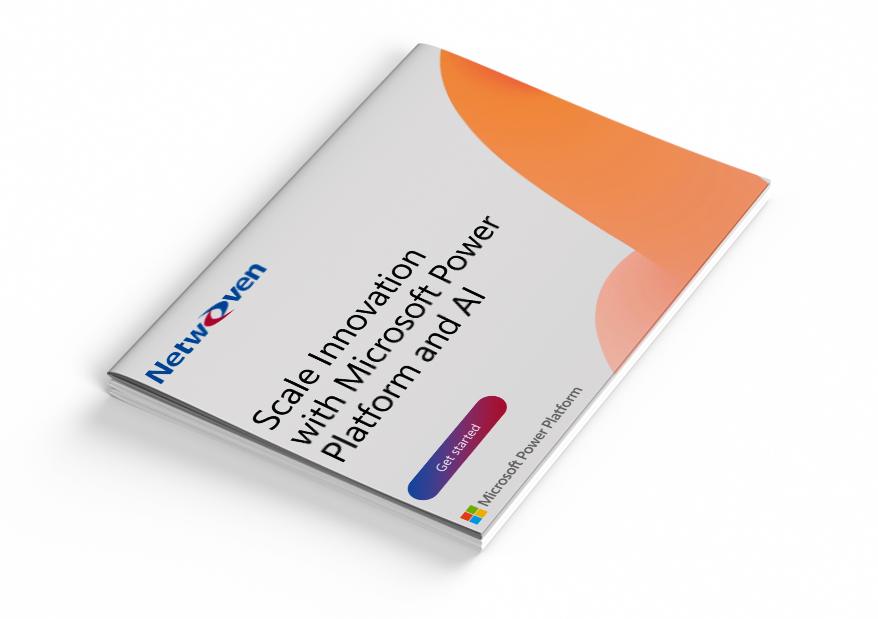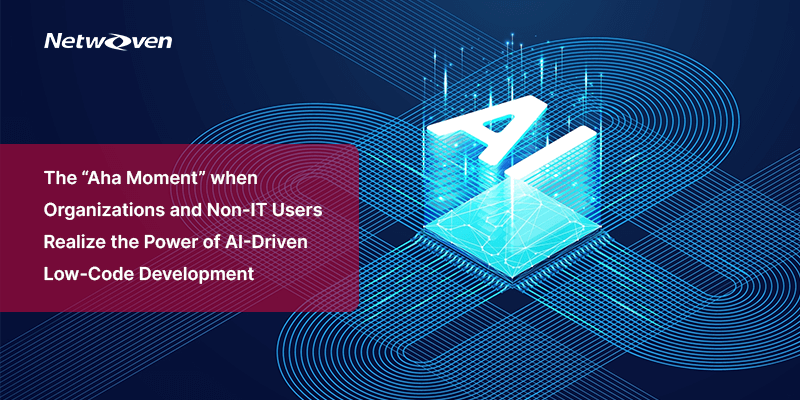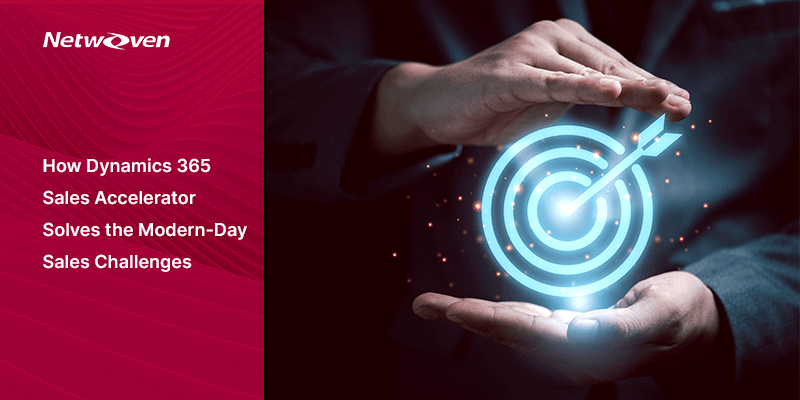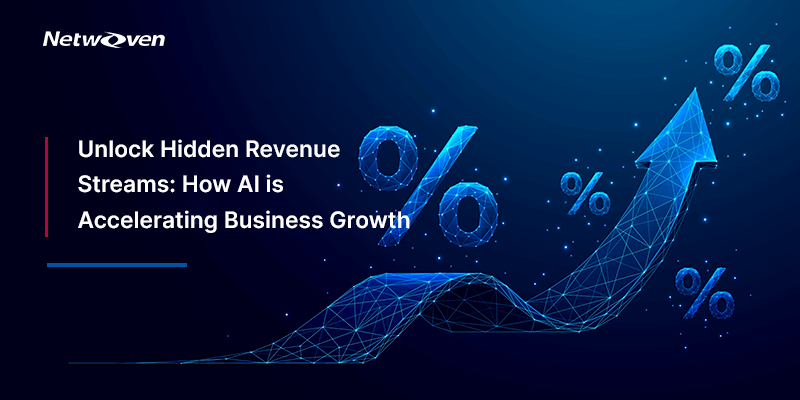Introduction
In the realm of digital transformation, there’s a pivotal moment that many organizations experience—a moment of clarity where they suddenly realize the vast potential that lies within their reach. This is the moment when they achieve what can be termed as “consciousness” of the power of AI-driven low-code development. It’s a realization that not only IT departments but also non-IT users can harness technology to drive innovation, enhance productivity, and solve complex problems. Microsoft’s Power Platform is often at the heart of this awakening, democratizing development and embedding AI at the core of business processes.

The Moment of Realization
For many organizations, this moment of realization occurs when a business user, someone without a traditional IT background creates an application or automates a process that was previously thought to be too complex or resource intensive. This realization is often triggered by the ease with which low-code platforms like Microsoft’s Power Platform allow users to build solutions. When this happens, the organization experiences a shift in mindset: technology is no longer seen as a barrier but as an enabler of innovation across all levels of the business.
According to Gartner, “by 2025, 70% of new applications developed by enterprises will use low-code or no-code technologies”. This statistic underscores the growing awareness and adoption of low-code platforms. As more organizations experience this shift, they begin to see the potential for AI-driven low-code development to fundamentally change how they operate, by enabling faster, more agile responses to market changes and internal needs.
Case Studies: The Power of Awareness
Organizations that have embraced AI-driven low-code development often share stories of dramatic transformation. For example, Rabobank, a global financial institution, developed over 2,500 applications on Microsoft’s Power Platform, realizing substantial efficiency gains and cost savings. The awareness that non-IT users could build, deploy, and manage these applications with minimal oversight was a game-changer for the bank.
Similarly, CONA Services, an IT provider for the Coca-Cola Bottling network, experienced a significant reduction in development time by using AI-powered tools within Power Platform. This awareness not only improved operational efficiency but also empowered employees across the organization to contribute to digital transformation initiatives.
The Role of AI in Low-Code Development
The integration of AI within low-code platforms is what elevates this realization to new heights. Tools like Microsoft Copilot in Power Platform allow users to leverage AI to assist with coding, automate workflows, and gain insights from data, all through natural language commands. This accessibility of AI is what often triggers the “aha” moment for organizations. They begin to see that AI isn’t just a tool for data scientists or IT professionals, but a resource that every employee can utilize to enhance their work.
Forrester highlights that the low-code market, fueled by the integration of AI, is set to grow to $50 billion by 2028. This growth is largely due to the increasing number of non-IT users realizing they can contribute to app development and process automation within their organizations.
Empowering the Non-IT User
Perhaps the most profound impact of achieving consciousness in AI-driven low-code development is the empowerment of the non-IT user. As business users gain the ability to develop applications, they become active participants in the innovation process. This shift not only accelerates digital transformation but also fosters a culture of continuous improvement and agility within the organization.

Industry experts like John Bratincevic from Forrester note that “the democratization of development to workers outside of IT shows no signs of slowing down”. This trend is further supported by the growing number of enterprises that are institutionalizing low-code development as a core capability across their organizations.

Ebook : Scale Innovation with Power Platform and AI
In our eBook and webinar, we discuss how digital trends drive innovation, the role of Power Platform and AI, and how Netwoven helps businesses turn challenges into growth opportunities.
Get the eBookConclusion
The moment of achieving consciousness in AI-driven low-code development is transformative for organizations. It represents a shift in how technology is perceived and utilized, empowering non-IT users to become innovators and driving business growth through rapid, agile development. Microsoft’s Power Platform is a catalyst for this change, providing the tools and AI capabilities that make this realization possible.
As more organizations and users become aware of the power they hold with AI-driven low-code platforms, the landscape of business technology will continue to evolve, with innovation becoming a shared responsibility across the enterprise. This is the future of work – are you ready to achieve consciousness? If so, reach out to Netwoven, we will be glad to help you in your AI-Powered Low Code journey.























